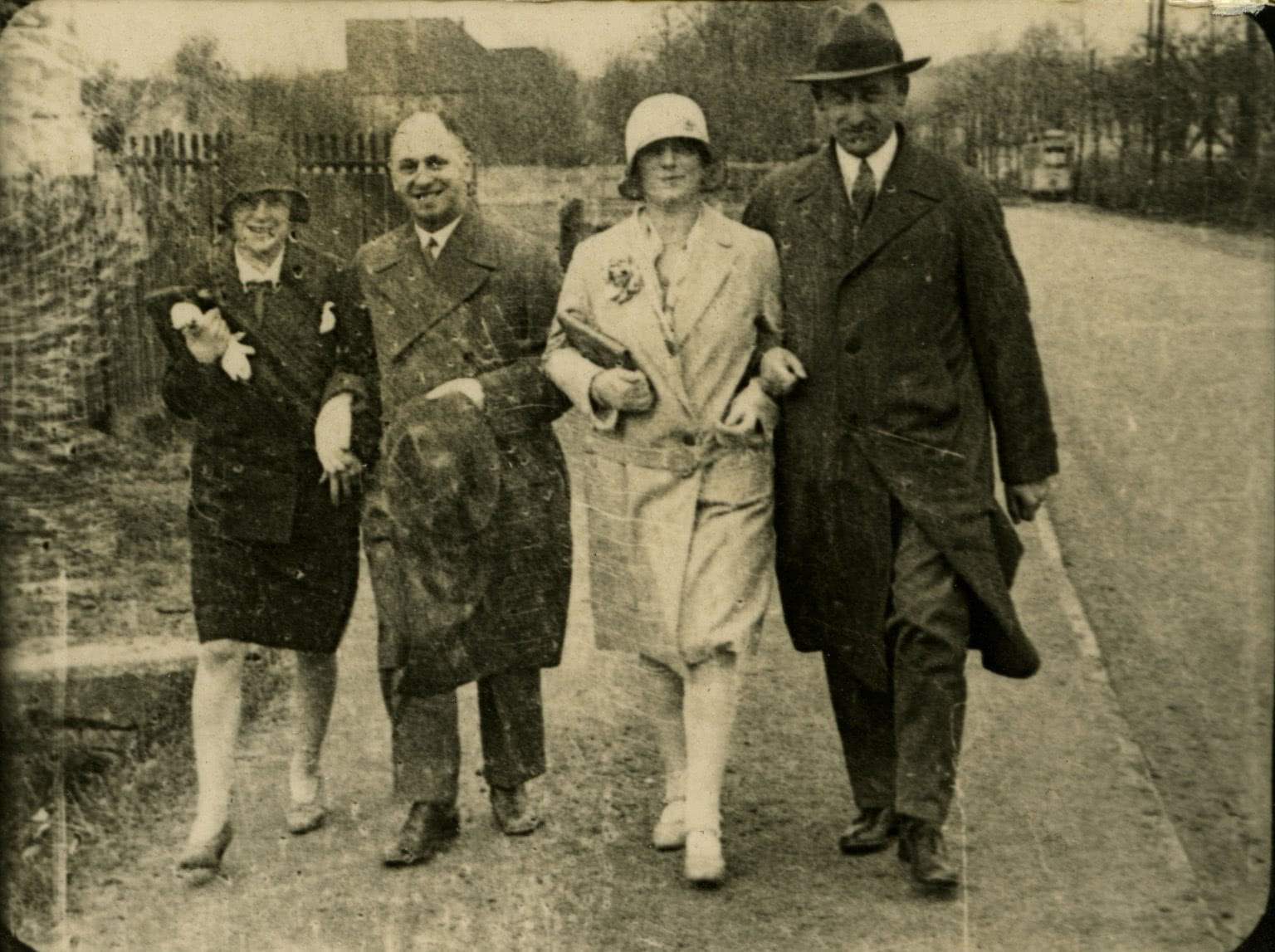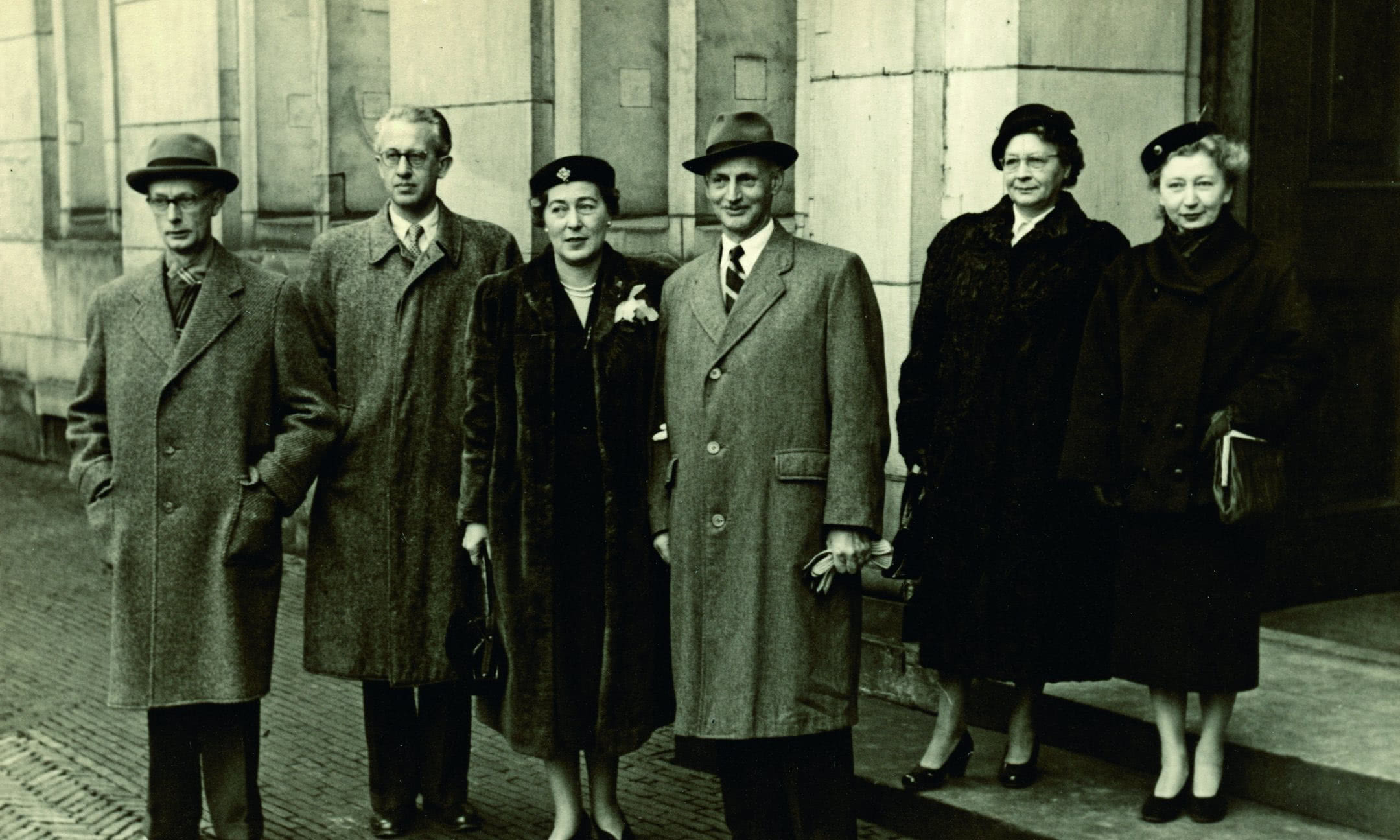
Within six months of their capture, seven of the eight Jews who hid in the annex were dead. The first to perish was Hermann van Pels, who injured his finger doing roadwork at Auschwitz. While recovering, there was a sweep of his barrack and everyone was sent to the gas chamber, including Hermann, 46. Weeks later, Fritz Pfeffer was transferred to Neuengamme camp in Germany, where the 55-year-old succumbed to a gastrointestinal infection.
Auguste van Pels was selected for transport to Bergen-Belsen along with Anne and Margot Frank. Around the time the sisters died, she was sent to a satellite camp at Buchenwald, where she stayed for a few weeks before being relocated to Theresienstadt in German- occupied Czechoslovakia. After that, it’s uncertain what happened to the 42-year-old. One Holocaust survivor said she died from typhus on the way to Theresienstadt and that her body was removed and left beside the tracks. But another told a more harrowing tale: Nazi soldiers threw Auguste, while still alive, under the train and killed her, a claim never corroborated by another witness.
Peter van Pels died within weeks of his mother. On Jan. 16, 1945, the 18-year-old was selected for a 65-mile death march to Wodzistaw, Poland. Dressed only in thin clothing (and with nothing but snow to eat), he somehow survived the weeklong trek. But forced labor in the mines of the Melk satellite camp in Austria landed him in the infirmary, where his body finally gave out. Although it’s unclear exactly what day Peter died, camp records listed May 5, two days before Germany’s surrender in World War II.






